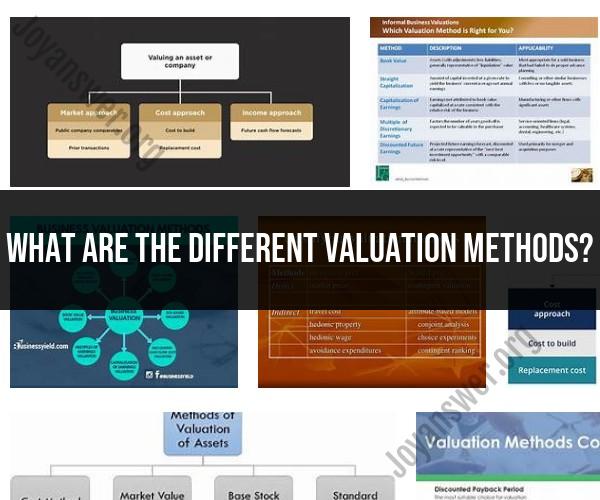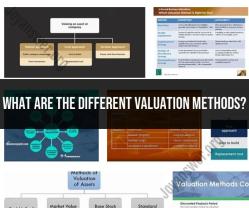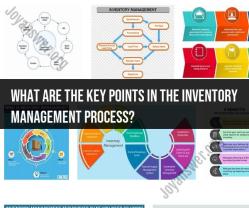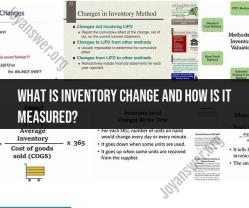What are the different valuation methods?
Valuation methods in inventory management are used to determine the monetary value of a company's inventory. Accurately valuing inventory is essential for financial reporting, tax purposes, and making informed business decisions. Several valuation methods can be employed, each with its advantages and implications. Here are some of the different valuation methods commonly used in inventory management:
FIFO (First-In, First-Out):
- FIFO assumes that the first items added to inventory are the first ones sold. In other words, the oldest inventory items are sold first.
- This method tends to reflect the current market prices more accurately when prices are rising.
LIFO (Last-In, First-Out):
- LIFO assumes that the most recently acquired items are the first ones sold. It assumes that the inventory on hand consists of the oldest items.
- LIFO can have tax advantages as it can lower taxable income by valuing COGS with the higher costs of recent acquisitions.
Weighted Average Cost:
- This method calculates the average cost of all units in inventory, dividing the total cost by the total number of units.
- It is relatively simple and evens out the cost of inventory over time.
Specific Identification:
- Specific identification assigns a specific cost to each individual item in inventory.
- This method is often used for high-value items or when it's essential to track the cost of particular items accurately.
Standard Costing:
- Standard costing sets predetermined costs for items in inventory. These costs are based on factors like historical data, industry benchmarks, or estimates.
- It provides a basis for comparing actual costs to expected costs, aiding in cost control and performance analysis.
Retail Inventory Method:
- This method is commonly used in the retail industry. It calculates the cost of inventory based on the ratio of cost to retail price.
- It's useful for businesses with a wide range of products that may have different markups.
Lower of Cost or Market (LCM):
- LCM requires companies to value inventory at the lower of its cost or its current market replacement cost.
- It ensures that inventory is not overvalued when market prices decline.
Base Stock Method:
- Base stock method maintains a predetermined level of inventory, often known as the base stock level. When the stock falls below this level, more inventory is ordered.
- It's commonly used for items with erratic demand.
Just-In-Time (JIT):
- JIT aims to reduce inventory carrying costs by having inventory arrive just in time for production or sale. Inventory is valued at its acquisition cost.
- It's associated with lean manufacturing and minimizes the holding of excess inventory.
Perpetual Inventory System:
- This system continuously tracks inventory levels and values in real-time. Changes in inventory are recorded immediately after each transaction.
- Various valuation methods, such as FIFO or weighted average, can be used with a perpetual inventory system.
The choice of a valuation method depends on factors such as the nature of the business, industry standards, tax considerations, and management's preference. It's essential for companies to disclose their chosen valuation method in their financial statements and be consistent in its application to maintain accuracy and transparency in financial reporting. Additionally, accounting standards may require specific methods for certain industries or circumstances.




